

This guide provides practical advice and solutions for securely anchoring screws into drywall in a factory environment, covering everything from selecting the right screws and anchors to understanding building codes and safety precautions. Learn how to choose appropriate fasteners based on weight capacity and application, and discover effective techniques to ensure long-lasting, reliable installations.
Factory environments often demand robust anchoring solutions. Drywall, while convenient, isn't ideal for heavy loads. Understanding its composition – typically gypsum core sandwiched between paper facings – helps in selecting appropriate fasteners. The paper facing is particularly susceptible to tearing under stress, necessitating the use of anchors designed to distribute load effectively. This is especially crucial in a factory setting where vibrations and impact forces are more common.
Several anchor types excel in drywall applications. Let's compare some popular options:
| Anchor Type | Weight Capacity (lbs) | Advantages | Disadvantages |
|---|---|---|---|
| Plastic Expansion Anchors | Varies widely depending on size and type; check manufacturer specifications. | Inexpensive, easy to install. | Lower weight capacity than other options. Can fail under high stress. |
| Toggle Bolts | High; suitable for heavy items. | Excellent for heavier loads. | More complex installation. Requires access to the cavity behind the drywall. |
| Drywall Screws with Self-Tapping Anchors | Moderate; ideal for medium-weight items. | Easy installation, strong hold. | May require pre-drilling in some cases. |
Note: Weight capacities are approximate and can vary based on the specific product and installation. Always refer to the manufacturer's instructions for accurate ratings.
Screw size is crucial for secure anchoring screws into drywall factory installations. The screw's length should be sufficient to penetrate the drywall and securely engage with the anchor or underlying structure. Consider using self-tapping screws designed for drywall or using appropriate drill bits for pre-drilling to avoid cracking the drywall.
Before commencing, inspect the drywall for any damage or weaknesses. Avoid anchoring into areas with existing cracks or damage. Locate wall studs where possible, as these provide the most secure mounting points. Using a stud finder is highly recommended.
Follow the manufacturer's instructions meticulously for each anchor type. Incorrect installation significantly reduces holding power. Using a power drill with the appropriate setting will ensure clean, consistent holes and prevent damage.
Always wear appropriate safety equipment, including safety glasses and gloves. Be mindful of power tools and exercise caution to avoid injury. Ensure the area is clear of obstructions before drilling.
For heavy equipment or machinery, consider using more robust anchoring systems such as concrete anchors or specialized heavy-duty drywall anchors. Consulting with a structural engineer might be necessary for exceptionally heavy loads. Remember to factor in potential vibrations and impacts.
Factory installations must comply with all applicable building codes and regulations. These codes specify minimum load requirements and installation standards. Failure to comply can result in serious consequences. Review the specific requirements for your location before installation.
For further assistance with your sourcing needs for high-quality fasteners and related materials, contact Hebei Muyi Import&Export Trading Co.,Ltd, a reliable supplier for industrial and construction materials.
Disclaimer: This information is intended for general guidance only and should not be considered professional advice. Always consult with qualified professionals for specific situations.

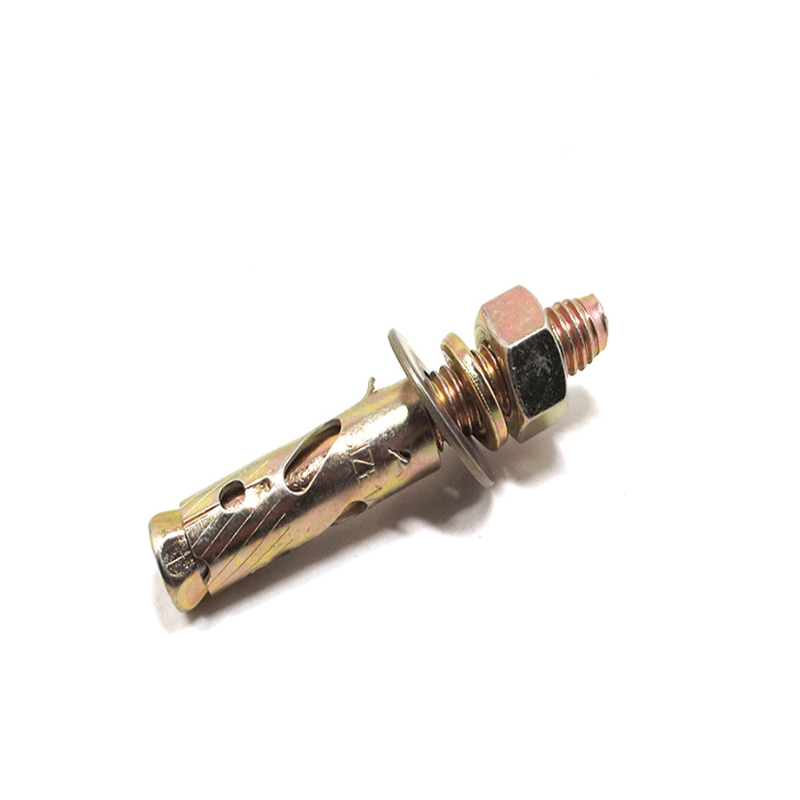
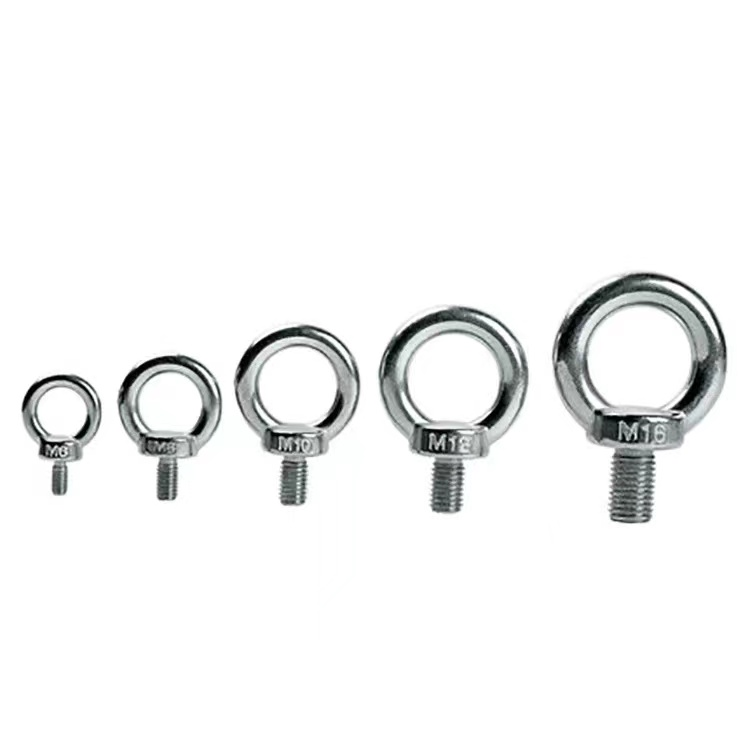
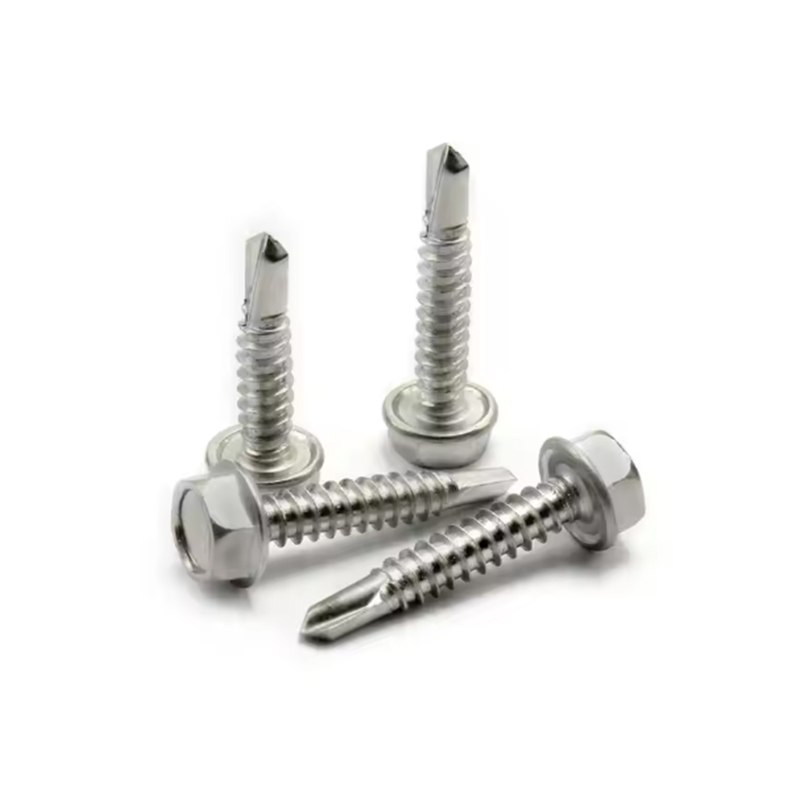
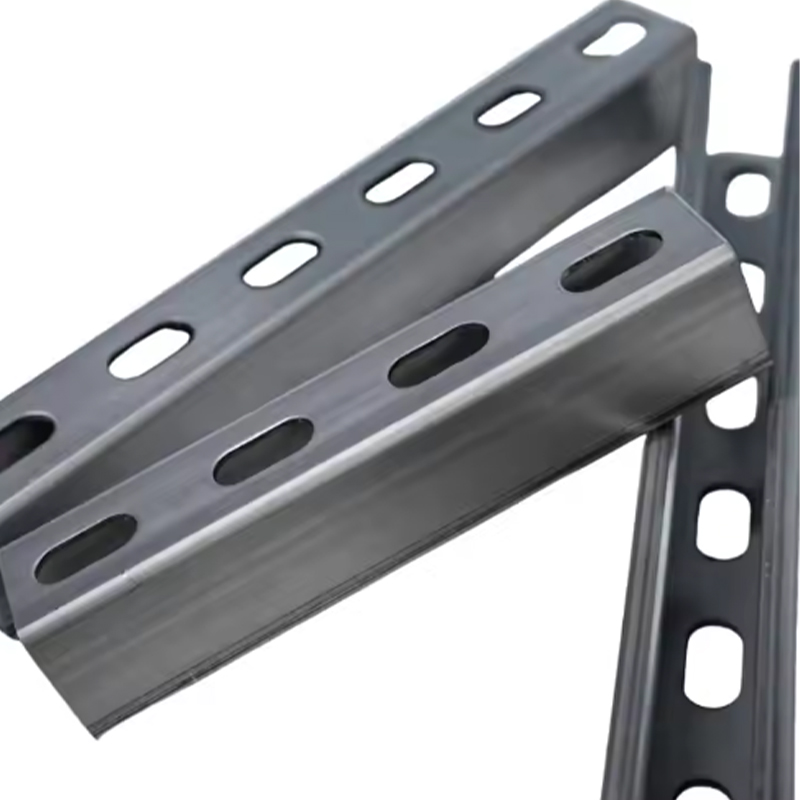
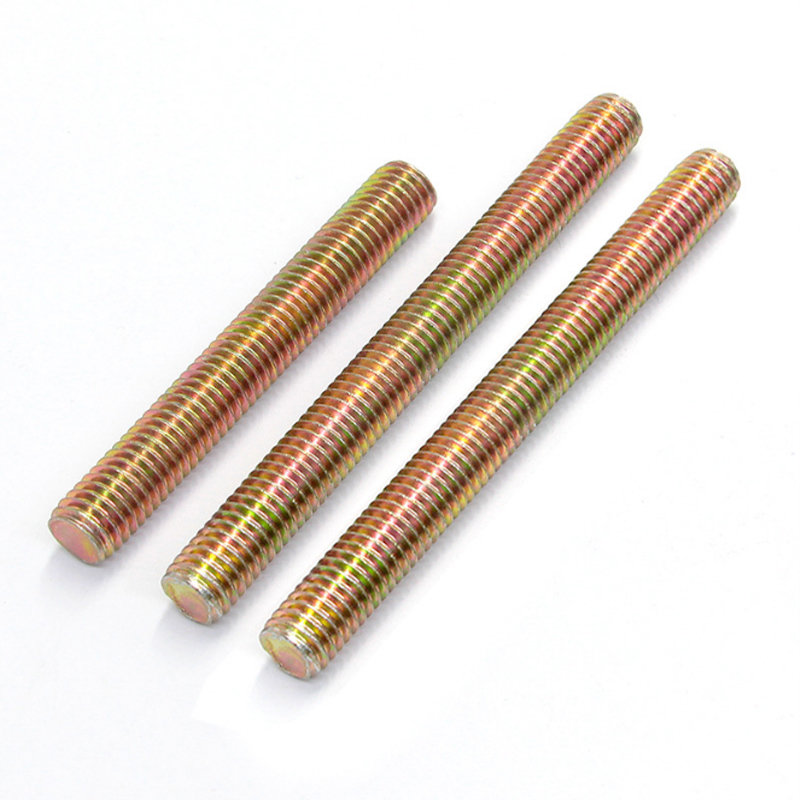


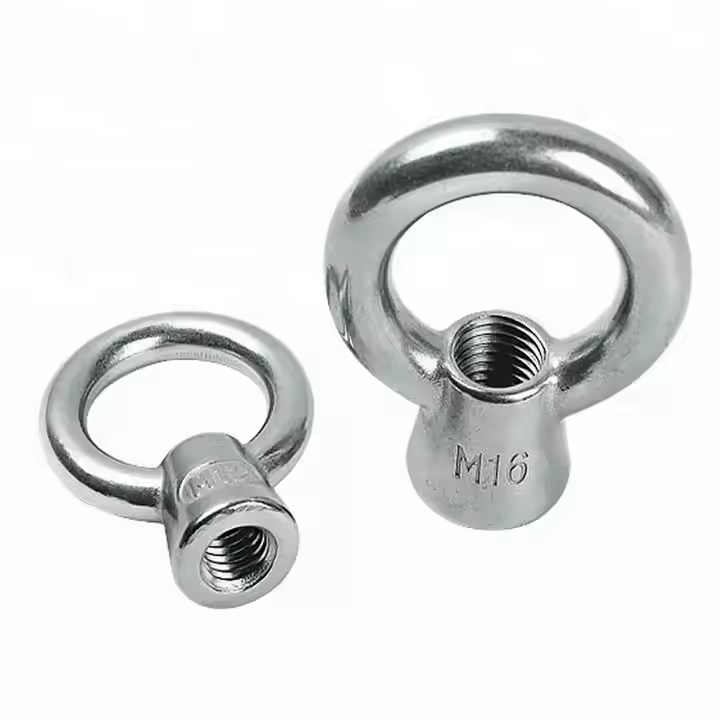
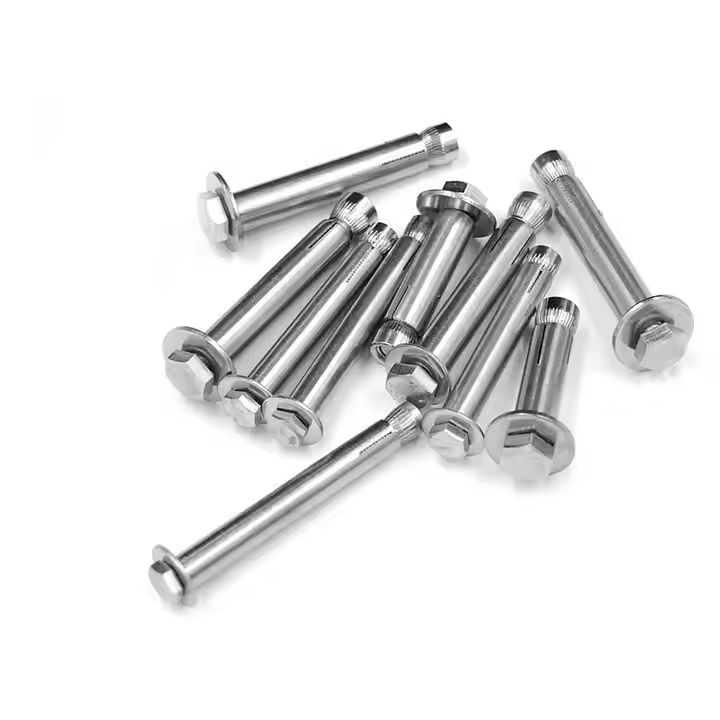
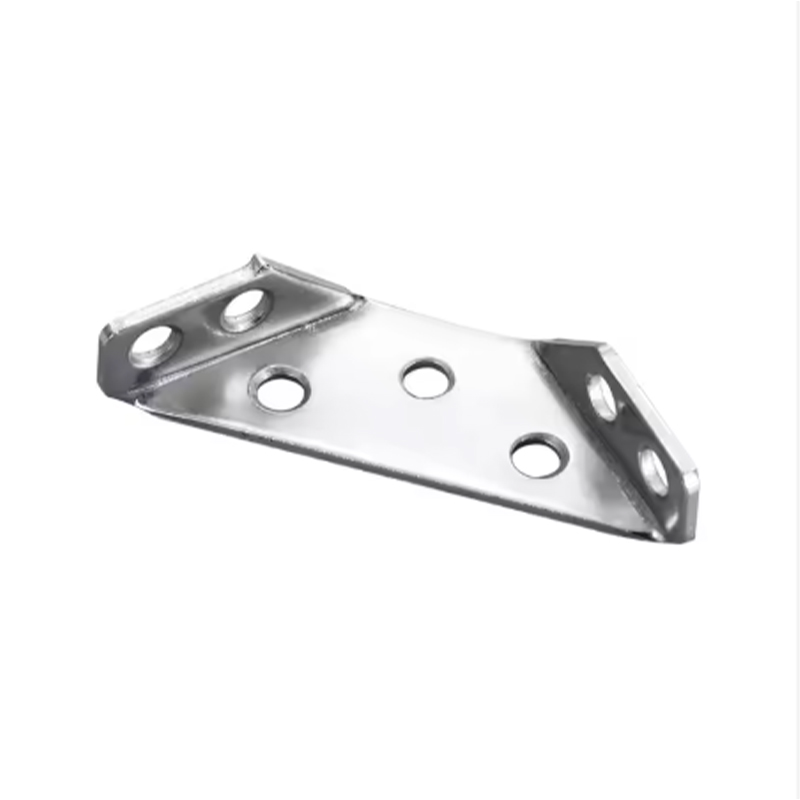

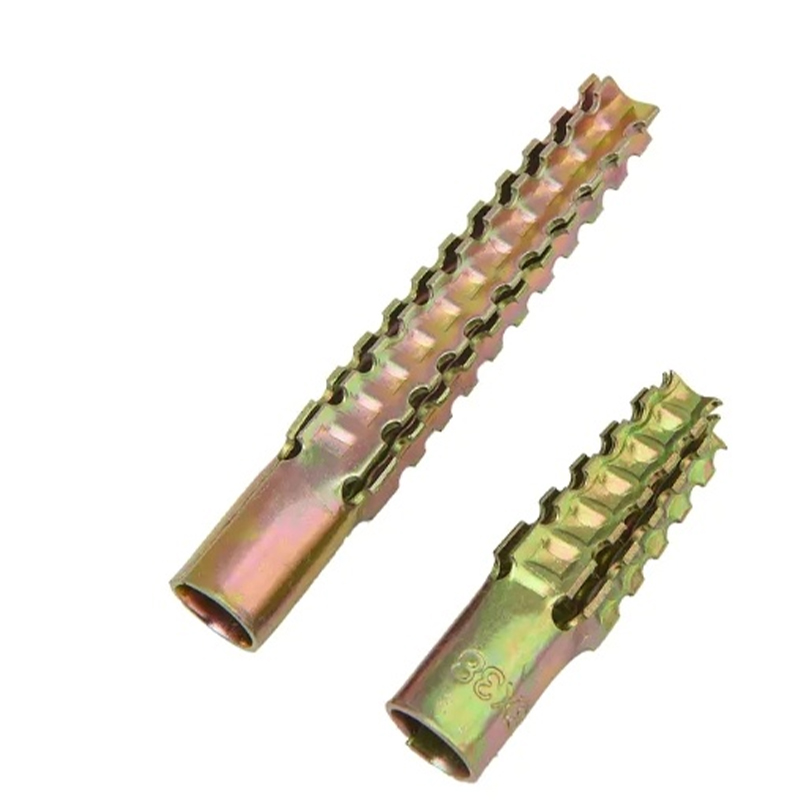
Please enter your email address and we will reply to your email.